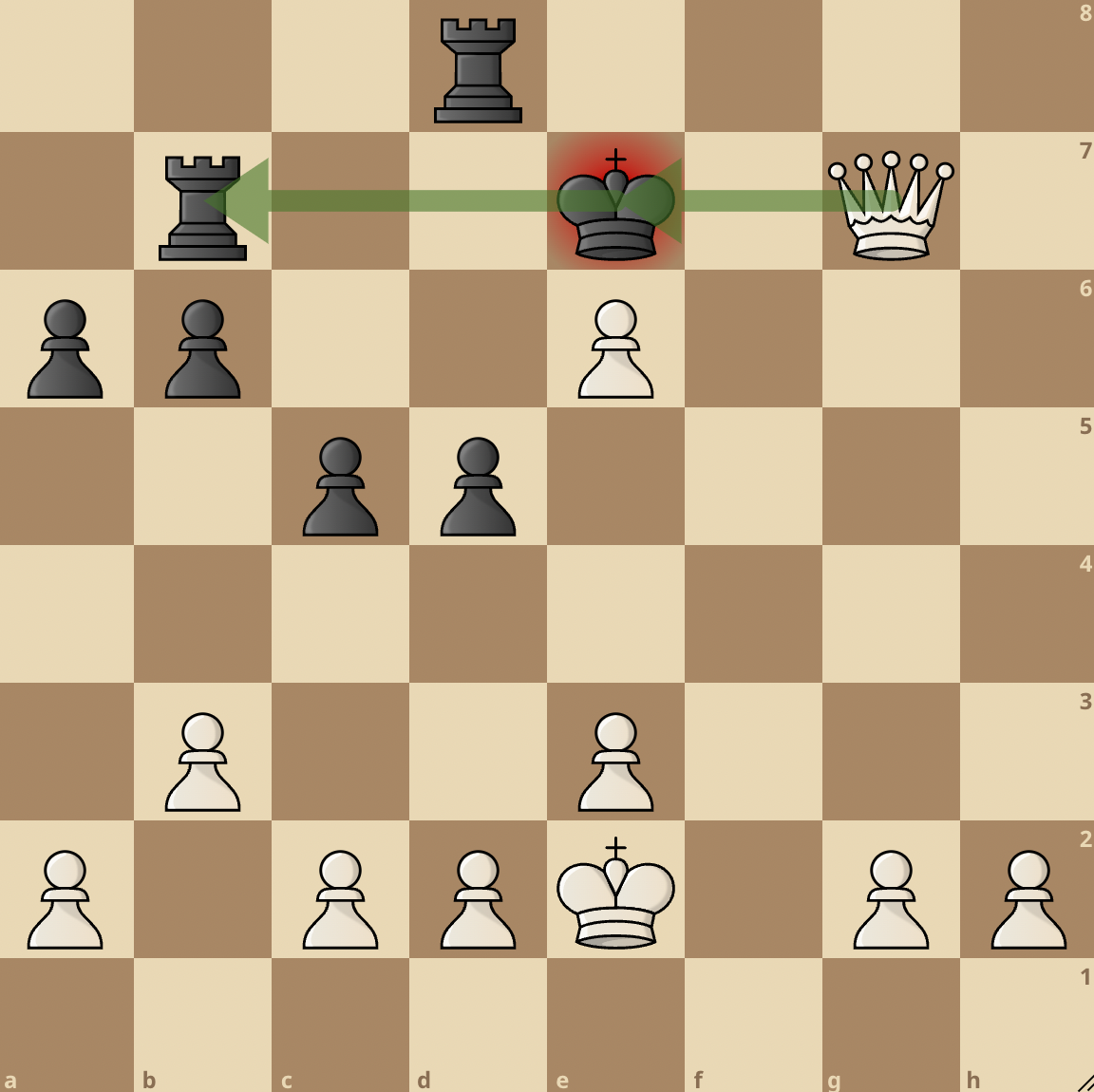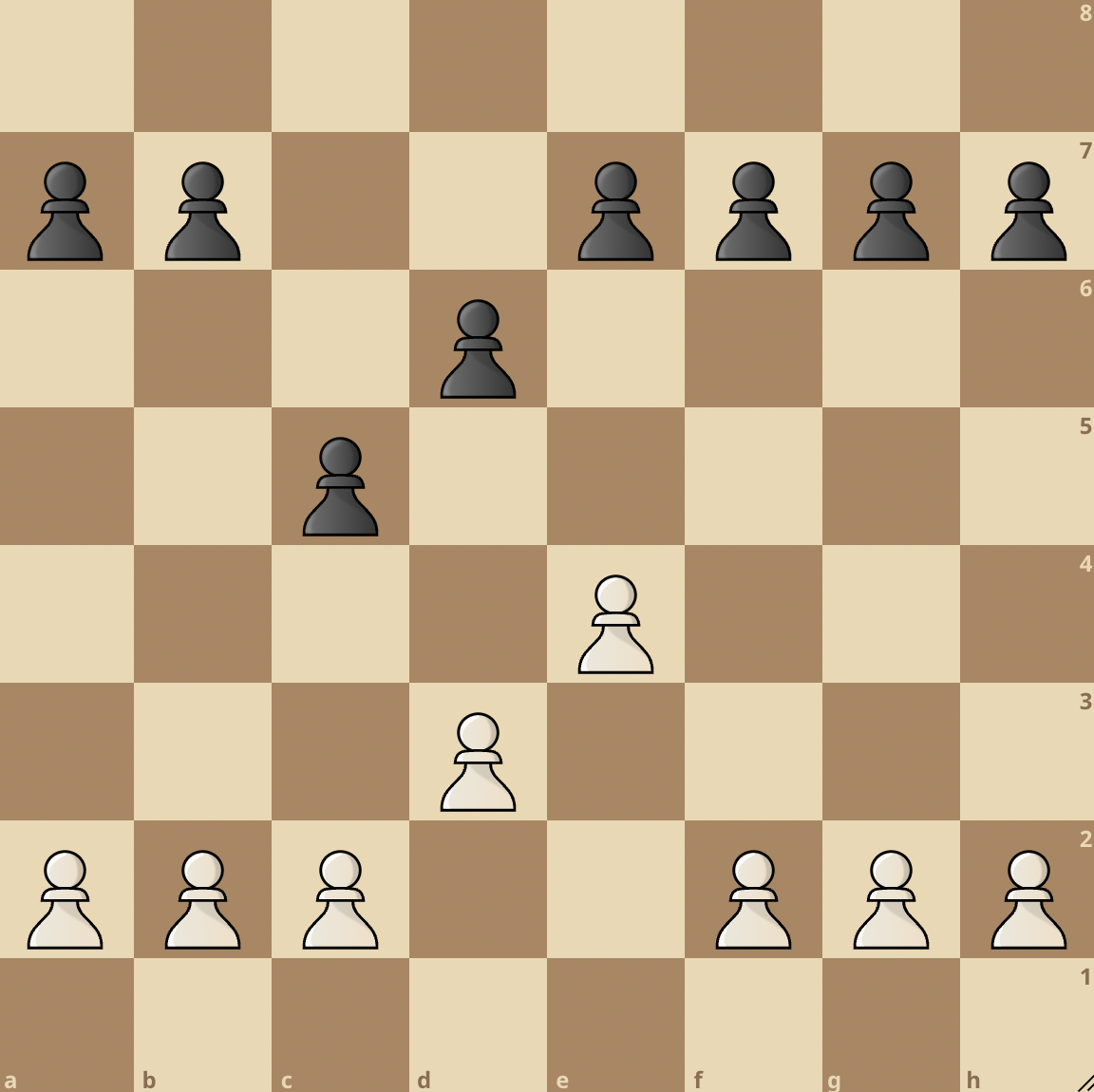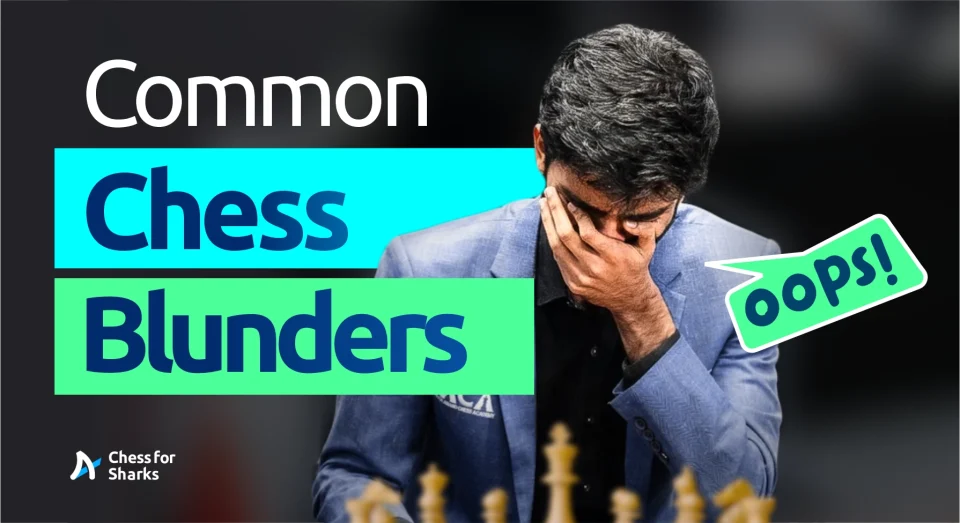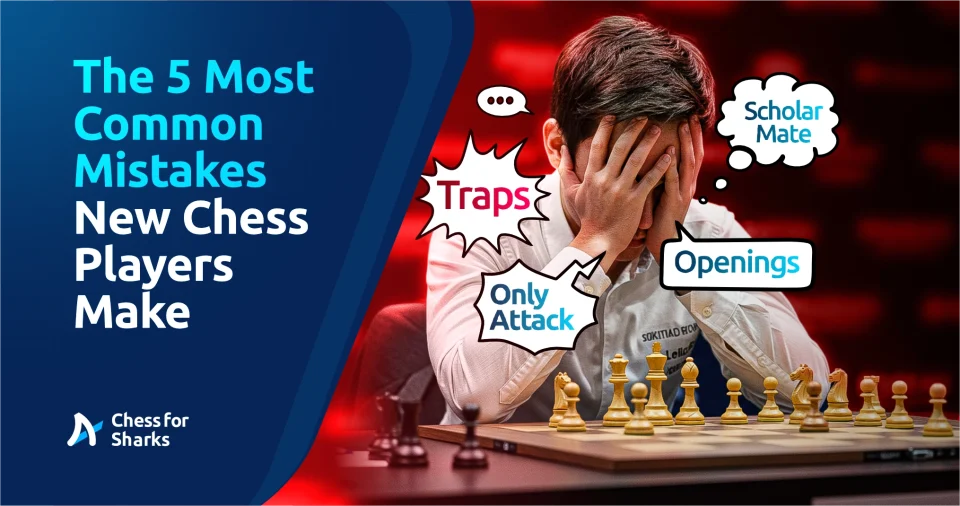One of the first questions every beginner chess player asks is how to win at chess.
The only way to win a game is to checkmate an opponent’s king.
Winning at the beginner and intermediate levels of chess is not as complicated as it appears. Serious errors or blunders decide most games.
There are specific rules to follow and skills to master if you want to win at the level of masters consistently.
It’s unnecessary to have extraordinary talent, photographic memory, or the ability to calculate ten moves ahead. Everything is much easier now.
To know how to win at chess, follow these suggestions below:
1. Develop Your Pieces Early
Opening knowledge is crucial; you must understand some fundamental chess theories to win chess games.
First, it would help with some idea of how to develop pieces. It would also help you understand how to proceed once those pieces are developed.
The key to any opening is to move your pieces to the appropriate squares faster than your opponent. If you can complete this step, you’ll be one step closer to winning the game.
2. Castle Early
Another critical factor in winning more chess games is castling early.
Castling not only protects your king and moves it away from the centre of the board. It also activates your rooks, preparing them to enter the game and controlling the back rank and open files.
It is the only move that allows you to simultaneously improve two of your pieces. You could choose to castle kingside or castle queenside. Learning to castle early in the game will help you avoid many complications.
Do not make the mistake of not castling early as a beginner chess player by going for an opponent’s pawns or developing other pieces. Not castling early frequently results in a strong attack on your king, which may cost you the game.
3. Control The Centre
Controlling the centre is unquestionably one of the essential chess strategies.
Many beginners are unaware of the significance of controlling the four central squares: e4, d4, e5, and d5.
In reality, whoever has control of these magical squares has control of the game. The control of the centre is closely related to one of the essential chess concepts: space.
More space means you have more options for relocating pieces for attack and defence. That also implies that your opponent lacks that specific privilege and is thus at a disadvantage.
4. Learn to Pin, Fork, and Skewer Opponent’s Pieces

Pins, forks, and skewers have won more chess games than any other strategy combined. That is why it’s critical to identify and quickly locate those even in difficult positions.
So here’s a quick refresher on what the fabulous three stand for.
The situation is called a pin when an attacking piece threatens to capture another piece that cannot move without exposing a more valuable piece.
The pin is a practical, tactical element because it temporarily paralyzes an opponent’s piece, preventing it from participating fully in the game.
Read more on the pin here: What is a Pin in Chess? A Beginner-Friendly Guide
A fork occurs when a single piece simultaneously attacks more than one of the opponent’s pieces. It is a vital tactic because it frequently results in material loss, especially if it evolves into a check.
Read more on forks here: What is a Double Attack in Chess? – ChessForSharks.com
Skewers are similar to pins, but unlike pins, the positions of attacked pieces are switched. A more valuable piece is attacked first in a skewer. Then, if it moves, a less valuable piece will become visible.
See that of skewers in this X-ray Attacks vs Skewers comparison.
We also covered these terms in our article on Understanding Chess Tactics
Practice finding those critical elements in various positions, and you’ll be well on winning at chess.
5. Keep all of Your Pieces Protected At all times
Keeping your pieces safe is a good practice.
Unfortunately, amateur players break this crucial rule and then pay the price. So even if it appears safe to leave your knight hanging on the side of the board, you should reconsider (although there are exceptions).
Read more in these articles:
6. Understand Pawn Structure

Many players believe that pawn structure is only vital in grandmaster games.
If your pawn structure is weak, you will be disadvantaged even as a beginner. Weak, separated, or doubled pawns cannot defend themselves and must be constantly protected by other pieces.
Pawns will fall if they are not adequately protected. It’s best to avoid this by keeping your pawn structure intact whenever you trade pawns, move pawns forward, and other trade pieces.
We hope you got value from this piece. Do leave a comment if you enjoyed it.







join the conversation